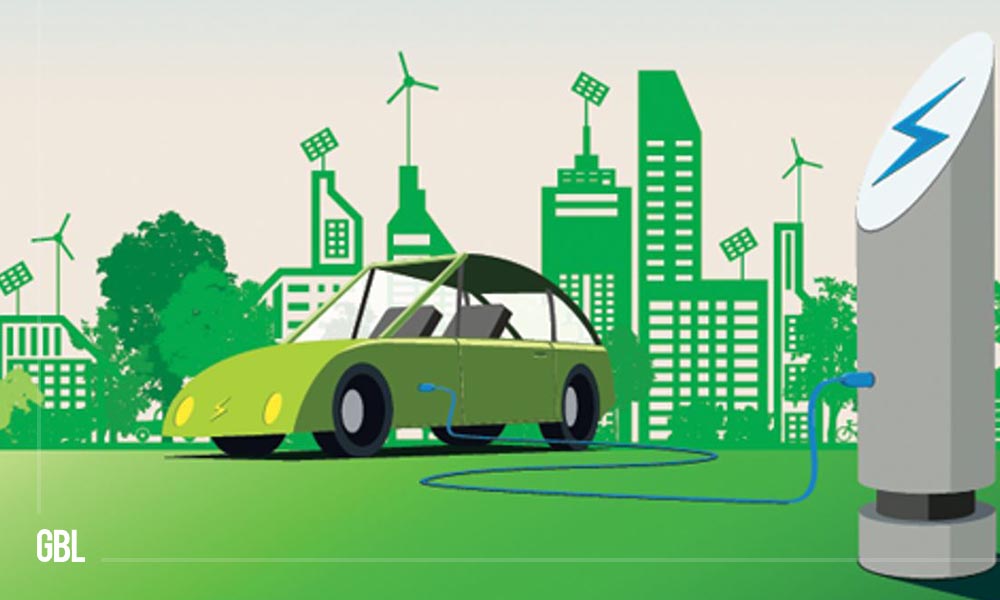Key Highlights
- E-mobility allows companies to reduce CO2 emissions and meet sustainability goals while providing cost savings and improved worker health.
- The expanding e-mobility market presents diverse opportunities for businesses, including automakers, battery manufacturers, charging station providers, and software developers, as the demand for electric vehicles continues to rise.
From electric trucks, e-bikes, and e-scooters to drones, e-mobility transcends electric passenger vehicles. Taking a comprehensive view, it becomes evident that e-mobility is no longer a distant dream but a full-fledged transition encompassing a diverse array of vehicles on land, in the air, and at sea.
What is e-Mobility?
E-mobility refers to a broad category of vehicles, boats, and aircraft that rely on electric power, either partially or completely. These vehicles draw energy from the electrical grid and store it onboard, typically in lithium-ion batteries.
The trend of E-mobility is growing as governments and businesses worldwide look to reduce their reliance on fossil fuels and combat climate change.
Why Do Companies Invest In E-Mobility?
There are various reasons why companies invest in e-mobility. Below listed are some of them.
- Reduces CO2 emissions: Companies highly concentrate on sustainability. E-mobility is a key way to reduce their environmental impact.
- Increases flexibility: Electric vehicles are often smaller and lighter than traditional vehicles, making them more maneuverable and easier to park. It can be helpful for companies with limited parking space or that operate in urban areas.
- Reduces transport costs: EVs are more expensive to purchase but cheaper to operate than traditional fuel-powered vehicles. This can save the money for companies in the long run.
- Improves workers’ health: E-bikes are a healthy and sustainable way for employees to commute to work. It can improve employee morale and productivity.
The global e-mobility market is expected to grow rapidly in the coming years. The International Energy Agency (IEA) predicts that there will be 140 million EVs on the road by 2030. This growth will create several business opportunities, including:
- Automakers
- Battery manufacturers
- Charging station providers
- Software developers.
FAQs
1. What is e-mobility?
E-mobility is the use of electric vehicles (EVs) to power transportation. EVs are powered by batteries, which are charged using electricity.
2. What are the benefits of e-mobility?
The benefits of e-mobility include:
- Reduced emissions
- Lower operating costs
- Increased convenience
- Improved safety
3. What opportunities does e-mobility offer for businesses?
E-mobility creates opportunities for businesses in sectors such as automaking, battery manufacturing, charging infrastructure, and software development as the demand for electric vehicles grows.
4. What are the future trends of e-mobility?
The future trends of e-mobility include:
- Decreasing the cost of EVs
- Increasing range of EVs
- Expanding charging infrastructure availability.









